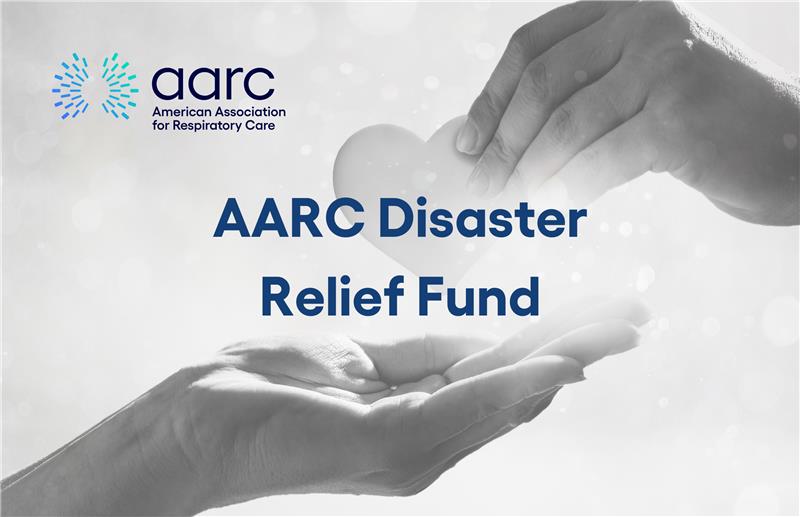By Debbie Bunch
June 10, 2024

Early Diagnosis of Asthma, COPD, Pays Off
Finding cases of asthma and COPD early in the disease process can significantly improve outcomes for these patients, report Canadian researchers publishing in The New England Journal of Medicine.
The investigators began their study with random phone calls to people across Canada from 2017 to 2023. An automated voice asked people about their respiratory symptoms, including unexplained shortness of breath, wheezing, coughing, or coughing up mucus.
Overall, 26,905 people reported these symptoms and were asked to fill out a questionnaire to provide more information. Those deemed most likely to have asthma or COPD then performed spirometry testing. Among the 595 people diagnosed with one of the conditions, 508 agreed to participate in a randomized trial in which one group would receive usual care and the other would receive specialized care from a lung specialist and asthma/COPD educator who was either a specially trained nurse or a respiratory therapist.
Participants in the lung specialist/educator group were prescribed inhalers and shown how to use them, and some also received action plans to help them manage their condition. Smoking cessation treatment, exercise, weight counseling, and pneumonia and flu vaccines were provided when appropriate as well.
Ninety-two percent of the patients in the specialist/educator group started new asthma/COPD medications vs. 60% of those receiving usual care, and these patients also averaged fewer health care visits per year, 0.53 vs. 1.12.
Average St. George’s Respiratory Questionnaire scores rose by 10.2 points for those in the specialist/educator group, compared to 6.8 points for the usual care group.
“It’s estimated that 70% of people with asthma or COPD go undiagnosed,” said lead study author Dr. Shawn Aaron, from the University of Ottawa. “This is the first study to prove that treating those people makes a real difference to their health and quality of life.” Read More

HFNC, NIV Use Has Led to Increase in PICU Admissions in Kids with Bronchiolitis
According to researchers publishing in JAMA Open Network, greater use of the high-flow nasal cannula (HFNC) and noninvasive ventilation (NIV) in children with bronchiolitis has led to an increase in PICU admissions over the past decade.
Investigators from Akron Children’s Hospital, Northeast Ohio Medical University College of Medicine, and UPMC Children’s Hospital of Pittsburgh looked at 33,816 encounters involving kids under the age of two at 27 PICUs between 2013 and 2022. Overall, PICU admissions increased by 350 per year and this increase was associated with an increase of 242 HFNC and 126 NIV admissions per year.
No significant change was seen in invasive mechanical ventilation (IMV) admissions during the same time period.
Why are HFNC and NIV admissions to the PICU on the rise for young children with bronchiolitis? The authors believe the results of this study combined with those from previous studies suggest multiple factors are at play, including —
- A rising population-based PICU admission rate.
- Increased consolidation of pediatric admissions to children’s hospitals.
- A rising proportion of children with bronchiolitis being admitted to the PICU.
- An increase in the proportion of patients admitted to the PICU receiving noninvasive respiratory support.
They call for solutions aimed at reducing the PICU burden that take multiple components in the chain of care into consideration.
“Findings of this cross-sectional study of patients aged younger than two years admitted for bronchiolitis suggest there was a 3-fold increase in PICU admissions between 2013 and 2022 associated with a 4.8-fold increase in HFNC use and a 5.8-fold increase in NIV use,” write the authors. “Further research is needed to standardize approaches to HFNC and NIV support in bronchiolitis to reduce resource strain.” Read More

Adult ICU Staffing in the U.S.
How are adult ICUs in the U.S. staffed? That’s the question researchers asked in a cross-sectional survey conducted in adult ICUs across the country. Questions covered topics ranging from interprofessional ICU staffing availability to roles played by clinicians pre-COVID-19. Among the findings –
- The cohort consisted of 596 adult ICUs with geographic diversity and size variability; most cared for mixed populations but medical, surgical, and specialty ICUs were well represented.
- 93% of the ICUs had intensivists available, with intensivists covering all patients in 75.6%; intensivists were onsite 24 hours a day in half.
- Of all ICUs, 69.8% had physicians-in-training and 77.7% had nurse practitioners/physician assistants.
- For mechanically ventilated patients, nurse:patient ratios were 1:2 in 89.6%.
- Clinical pharmacists were available in 92.6%, and respiratory therapists in 98.8%.
- 85.1% of hospitals nationally were estimated to have ICUs staffed with intensivists, 51.6% with physicians-in-training, 72.1% with nurse practitioners/physician assistants, 98.5% with respiratory therapists, and 86.9% with clinical pharmacists.
Survey participants were drawn from the American Hospital Association database and professional organizations. The study was published by Chest. Read More








